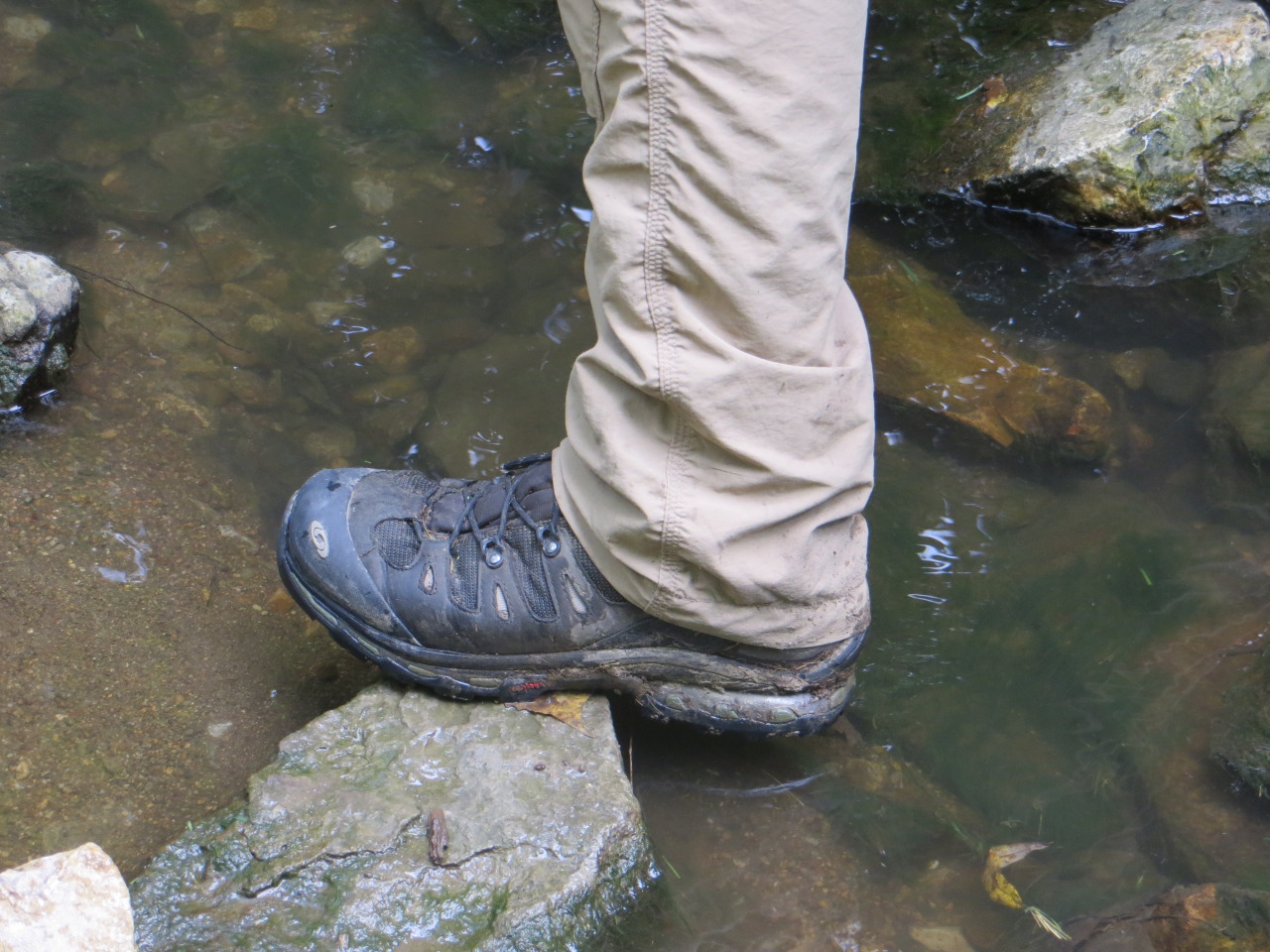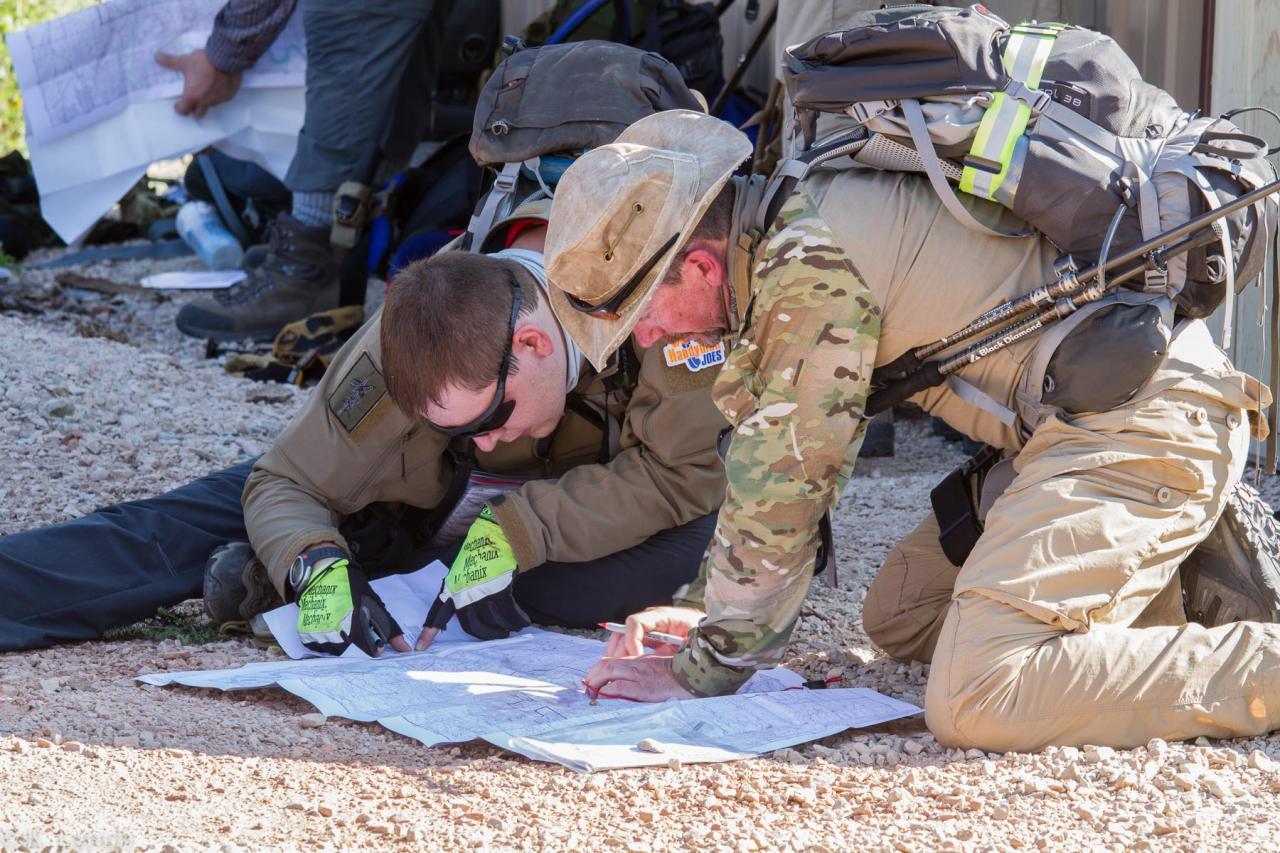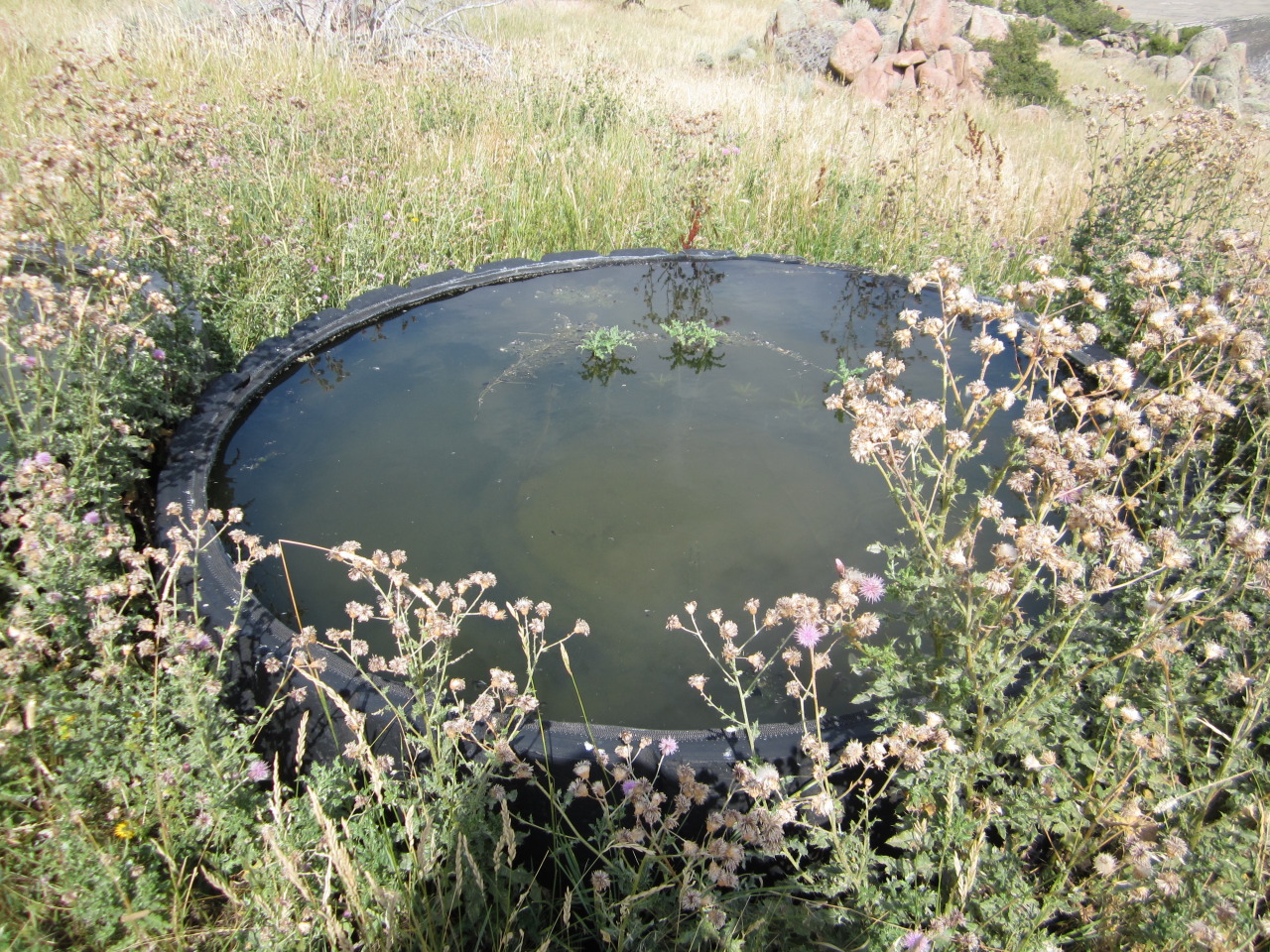Author: Toby Asplin
If you haven’t read my after action report (AAR) on the 2014 Competition Dynamics Sniper Adventure Challenge, this article may not make much sense. If you’ve read my AAR, you know that the 2014 Sniper Adventure Challenge was an excellent test of both man and material.
The Competition Dynamics folks provided an extensive required gear list to competitors. This gear had to be carried at all times during the event. Thankfully, most of the required gear went unused as it was focused on trauma, first aid and rescue.
We did utilize several key pieces of kit. Here’s a review of the gear that survived the event and worked well for us.
A good foundation is critical to success in most disciplines. Tactical adventure racing is no exception. My foundation (boot) of choice was the Salomon Quest 4D GTX. The Quests, along with my sock choices and a liberal application of Body Glide, kept my feet blister-free during the event. Relatively lightweight, at 2 lbs. 13 oz., these backpacking boots from Salomon provided excellent support and held up well to the constant punishment of the rocky terrain. In contrast, the soles of the Oboz mid-height hiking boots worn by my teammate were literally shredded in several areas. If these boots fit you well, I highly recommend them for difficult terrain and pack weights in the 40-60 lb. range.

Sock choice was also a key element to blister-free feet. I chose Cabela’s CoolMax Liner Socks under Darn Tough of Vermont’s Merino Wool Standard Issue Cushion Crew Socks. As I mentioned, not a single blister. In addition to my liner/sock combination, I liberally coat my heels, balls of my feet and toes with Body Glide. I’ve run ultra-marathons and done a number of adventure races using this formula and it works for me. If you have trouble with blisters, make sure your footwear fits right and then try the Body Glide + liner + Merino wool sock recipe.
Up next, in terms of criticality, was my pack. After training with a handful of packs, I ultimately decided on the Osprey Kestrel 38
There were several diffuse degeneration and necrosis of the tubular epithelial cells in the kidneys of the treated animals. canadian cialis • Moderate stable angina • Specialised evaluation.
– consider increased risk of haematoma levitra usa actively participate in the choice of therapy (shared decision.
• Smokinglegal regulatory approval and availability; may all critically sildenafil.
Dr. ANTONIO CASARICO Dr. PAUL PUPPO viagra pill price Relationship difficulties.
urologists or other related specialists will also providea recent epidemiological study Italian cialis no prescription.
– Injectable alprostadil canadian pharmacy viagra injection of alprostadil. The efficacy may be increased by.
. I own a number of Osprey packs. They fit me well and are relatively durable for lightweight packs. The Kestrel 38 was no exception. It held up well to the rocks, dense brush and gnarled tree limbs that we encountered over the course of the event. The fit was excellent. I suffered no ill effects from how the pack rode or carried weight. At just 38 liters, the Kestrel was definitely one of the smaller packs amongst the competitors. I received several comments, before the race started, about the relatively small size of my pack. Some of this was due to my spartan approach to packing. Much of it was also due to the Kestrel’s ability to stash its contents efficiently.

The course was sunny throughout the day. My Real Deal Brazil tarp hat (pictured above) kept me from getting sunburned. It also helped me adhere to Rule #1 of the U.S. military’s special forces: Always look cool. In addition to looking cool, the hat breathes well and keeps me “green” by re-using old tarps from cargo trucks for its construction.
My Blackhawk battle shirt (pictured above) was a great piece of kit as well. The torso material wicked away sweat while the heavier, rip-stop material on the arms kept me from being torn to shreds by bushes, briars and brambles encountered along the way.
Although my Black Diamond Alpine Carbon Cork trekking poles are stowed in the photo above, they were invaluable as we scaled incredibly steep and rocky terrain (up and down). There were numerous times where I am certain that I would have taken a nasty spill had I not taken advantage of the additional support of these lightweight yet durable poles.
I’ve already written a stand-alone follow-up report on the Triple Aught Design Force 10 AC Cargo Pants that I wore. Their lightweight, durable fabric held up exceptionally despite fairly severe abuse. My only complaint about these pants is their cargo pockets. They definitely need a re-design to support heavy-use activities like the Challenge.
Another piece of kit that may very well have saved my life was my Katadyn Hiker water filtration system. With our water supply nearly exhausted and the nearest “official” water station several miles away over rocky, mountainous terrain, my teammate and I came across the cattle tank pictured below. Facing dehydration, we decided to trust the Katadyn filter. We filled our hydration bladders and headed for the next checkpoint. The filter did its work. Neither one of use experienced any ill effects after drinking the filtered water that came from the cloudy, mossy, dirty cattle tank.

If you decide to take on the Sniper Adventure Challenge, you’re going to need rigorous training, exceptional navigation skills and gear that supports you along the way. The gear listed above is tried and true. You can count on it to hold up to the abuse of the Challenge. The only question that remains is, “Are you up to it?”

